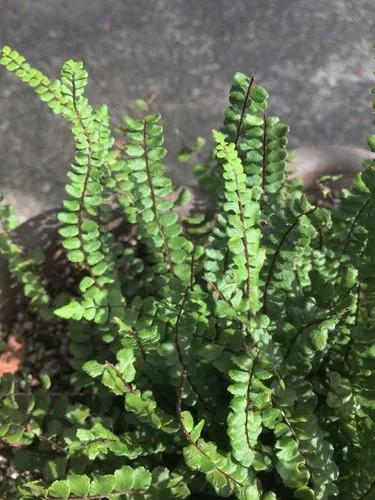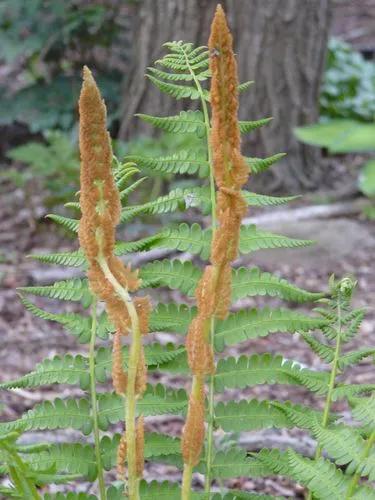Encephalartos natalensis, the Natal cycad or giant cycad, is a species of cycad that is endemic to the Qumbu and Tabankulu areas of the northern part of the Eastern Cape, and through most of KwaZulu-Natal. The number of mature individuals of this species is declining and the International Union for Conservation of Nature has assessed its conservation status as being "near threatened".
Natal Cycad Care
Encephalartos Natalensis



Encephalartos natalensis is an evergreen quick-growing cycad, up to 6.5 m high and with a stem or trunk of about 0.4 m in diameter. The stem sometimes branches, but reclines only when other stems emerge from the base. It has a golden, woolly crown, which increases on production of cones or new whorls of leaves. The leaves are of medium size, about 1.5-3 m long and slightly curved or straight. The leaflets are about 160-230 x 25-45 mm, dark green and entire or with 1-5 teeth on one or both margins. The lower leaflets are reduced to spines. New leaves and cones are covered with yellowish brown wool. There are separate male and female plants; both genders produce 2 or 3 orangy-yellow to orangy-red cones. The male cones are cylindrical, yellowish-green, velvety, about 450-500 mm long, and 90-120 mm across, and shed their pollen in April to June. The female cones are oblong to oblong-ovate, about 500-600 mm long and 250-300 mm in diameter. The faces of the cone scales are wrinkled. The cones disintegrate spontaneously from November to January, each yielding 415-510 bright red seeds which are about 25-35 mm long and 12-18 mm in diameter.
How to Care for the Plant

Popularity

35 people already have this plant 7 people have added this plant to their wishlists
Discover more plants with the list below
Popular articles






